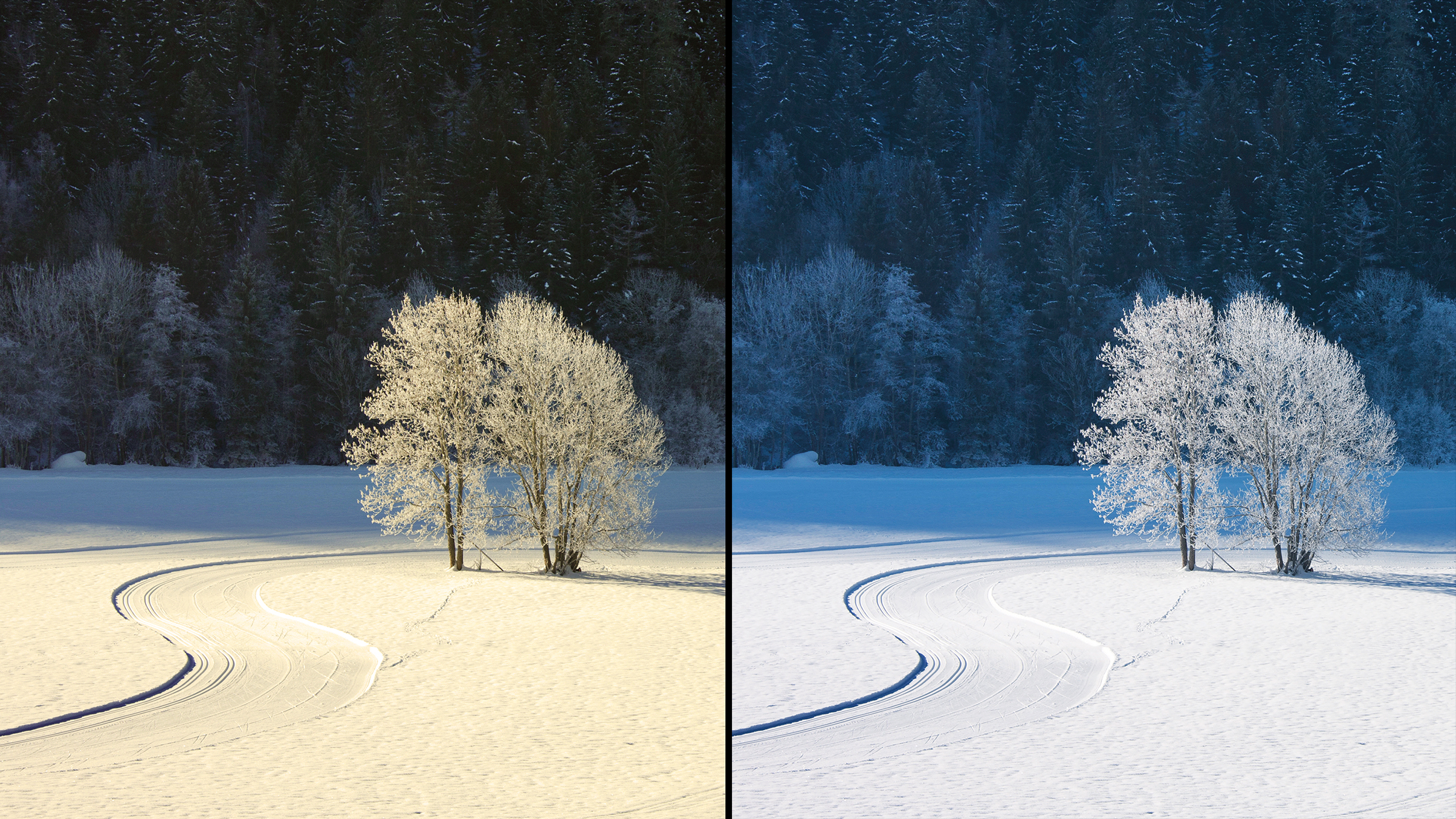How to create a moody minimalist seascape
Make the most of drab days, and shoot minimalist photos that are dripping with atmosphere
Watch video: How to create a moody minimalist seascape
Photography project inspiration
• How to photograph coastal seascapes
Useful portrait photography kit
• The best neutral density filters
• The best ND grad filters
• The best travel tripod
• The best camera bag for travel
If you regularly forego heading out with your camera on days with grey skies and muted lighting, you may be missing out. Drab weather is ideal for shooting minimalist seascapes and is the perfect chance to brush up on taking long exposures.
We braved the wind, cold weather and the occasional shower, and headed to the Philip Lucette Beacon in Shaldon, United Kingdom. The lone subject, surrounded by sea and sky, provided us with a fine minimalist composition. You'll want to use the best neutral density filter for you, but we used a 10-stop ND to achieve a 6-second exposure, which enabled us to smooth out the sea and soften the clouds.
• Read more: How to use an ND filter
Arguably the hardest thing to grasp when using an ND filter is the formula for working out the shutter speed. Luckily, with the help of a simple app, you can calculate this in no time. Exactly which ND filter you use will depend on the lighting; a bright setting might warrant a 16-stop filter, while a darker day might warrant just a 6-stop.
Minimalist photography tends to feature clean compositions, so read on if you’re willing to endure the cold before grabbing a tripod and filters and heading off to the coast!
How to create a moody minimalist seascape
1. Subjects matter
The best camera deals, reviews, product advice, and unmissable photography news, direct to your inbox!
Find a minimalist subject. Minimalist photos tend to feature negative space, clean compositions and very little to detract from the subject. We captured the Philip Lucette Beacon, Shaldon. At high tide the sea surrounds the structure, making it an ideal subject.
2. Frame by frame
Set up your camera and lens (with filter holder) on a tripod. We pressed our Nikon D800’s ‘Lv’ button to activate Live View and pressed the ‘Info’ button until the virtual horizon overlay appeared. Don’t be afraid to try portrait and landscape orientations.
3. Lens and VR
Minimalist photos can be taken with almost any lens. We used the Nikon AF-S 24-70mm f/2.8E ED VR (at 70mm) to capture the beacon from our distant position. Switch off any form of image stabilization; when using a tripod some systems can add blur by correcting for movement that doesn’t exist.
4. Hands free
Pressing the shutter button can cause unwanted movement when taking a long exposure. Mitigate this by setting your camera’s self timer to two seconds (not necessary if you have a remote shutter release). Set your AF-Area mode to single point and use AF-S to focus on your subject.
5. Skip the math
Select your camera’s base ISO and choose a suitable aperture while in Aperture Priority to find your base shutter speed. Switch to Manual mode and input the same settings. Use an app like Long Exposure Calculator to calculate your exposure by inputting your ND filter and base shutter speed.
6. Fix filter and shoot
Back-button focusing allows you to press the shutter button without engaging focus lock. However, if you’re not using back-button focusing you’ll need to turn autofocus off to prevent hunting or refocusing when you press the shutter button. Finally, carefully attach your filter and activate the shutter when you’re ready to capture your minimalist seascape.
N-Photo: The Nikon Magazine is a monthly publication that's entirely dedicated to Nikon users. For the best news, reviews, projects and more, subscribe to N-Photo today!
Read more:
Best ND filters
Best variable ND filters
Best ND grad filters
Best filter holders

Mike studied photography at college, honing his Adobe Photoshop skills and learning to work in the studio and darkroom. After a few years writing for various publications, he headed to the ‘Big Smoke’ to work on Wex Photo Video’s award-winning content team, before transitioning back to print as Technique Editor (later Deputy Editor) on N-Photo: The Nikon Magazine.
With bylines in Digital Camera, PhotoPlus: The Canon Magazine, Practical Photography, Digital Photographer, iMore, and TechRadar, he’s a fountain of photography and consumer tech knowledge, making him a top tutor for techniques on cameras, lenses, tripods, filters, and more. His expertise extends to everything from portraits and landscapes to abstracts and architecture to wildlife and, yes, fast things going around race tracks...







